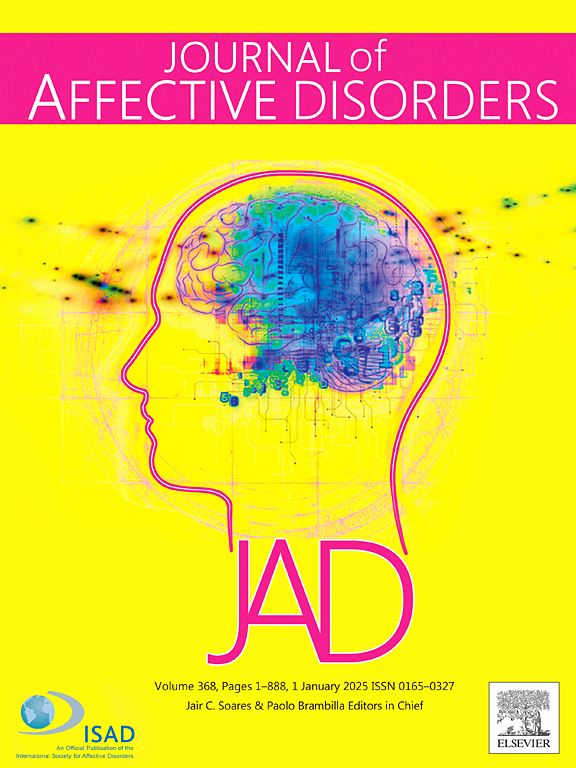The impact of childhood emotional abuse and depressive symptoms on sleep macro-architecture and cortical thickness
IF 4.9
2区 医学
Q1 CLINICAL NEUROLOGY
引用次数: 0
Abstract
Background
Adverse childhood events and especially emotional abuse (EA) is consistently associated with poor psychiatric outcomes in adulthood, with depressive symptoms being one of the most prevalent. Both EA and depression are frequently associated with poorer sleep quality and cortical structural abnormalities. Interestingly, some individuals who experienced early-life EA are resilient against the development of psychiatric illness in adulthood and are believed to possess distinct neurobiology that confer more effective coping mechanisms.
Methods
682 subjects from a population-based cohort underwent polysomnography (PSG), whole-body magnetic resonance imaging (MRI) and completed the Childhood Trauma Questionnaire (CTQ) and Patient Health Questionnaire (PHQ-9). Linear regressions were used to model joint EA and depressive symptoms effects with sleep macro-architecture and cortical thickness; and path analyses were used to investigate mediation effects.
Results
Considering depressive symptoms as a product variable with EA (EA×depression), we observed the strongest effect in EA×depression with percentage spent in SWS (%SWS), where %SWS increased with EA in non-depressed subjects. We observed increased thicknesses in three cortical regions in emotionally-abused, non-depressed individuals from structural MRI. Mediation analysis demonstrated that %SWS significantly mediated the association of EA×depression with cortical thickness in two of the three regions.
Limitations
We are not able to infer any causal role of sleep in our cross-sectional design. Self-report questionnaires are also subject to recall-bias.
Conclusions
Higher regional cortical thicknesses in emotionally-abused, non-depressed individuals can partially be explained by increased %SWS, suggesting a potentially protective role of SWS against brain volume loss associated with EA and depression.
求助全文
约1分钟内获得全文
求助全文
来源期刊

Journal of affective disorders
医学-精神病学
CiteScore
10.90
自引率
6.10%
发文量
1319
审稿时长
9.3 weeks
期刊介绍:
The Journal of Affective Disorders publishes papers concerned with affective disorders in the widest sense: depression, mania, mood spectrum, emotions and personality, anxiety and stress. It is interdisciplinary and aims to bring together different approaches for a diverse readership. Top quality papers will be accepted dealing with any aspect of affective disorders, including neuroimaging, cognitive neurosciences, genetics, molecular biology, experimental and clinical neurosciences, pharmacology, neuroimmunoendocrinology, intervention and treatment trials.
 求助内容:
求助内容: 应助结果提醒方式:
应助结果提醒方式:


